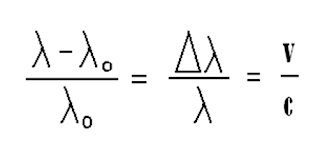Students will be assessed on their ability to:
 1.1 e describe how
Eratosthenes made the first accurate calculation of the circumference of the Earth
1.1 e describe how
Eratosthenes made the first accurate calculation of the circumference of the Earth
1.2 m describe the
evidence that allowed astronomers to develop the giant impact hypothesis.
1.3 h interpret data
(for example a Butterfly Diagram) in order to describe the long-term latitude drift of sunspots, determine
the length of the solar cycle and predict the year of the next solar
maximum
1.4 d use diagrams to
explain why the lunar phase cycle is (2.2 days) longer than the orbit period of the Moon
1.4 o demonstrate an understanding of the term ‘equation of time’ (apparent solar time — mean solar time) and perform simple Calculations
1.4 q explain how aurorae are caused.
2.1 i demonstrate an understanding of the terms: perihelion, aphelion, greatest elongation, conjunction, opposition, transit and occultation
2.3 b illustrate Kepler’s second law of planetary motion with the aid
of a Diagram
2.3 c demonstrate an
understanding of Kepler’s third law relating planetary distances to orbital periods and perform simple
calculations using the formula:
T2 = R3
2.3 d recall the main
astronomical discoveries of Galileo related to the Solar System:
i phases and apparent size of Venus
ii relief features of the Moon
iii principal satellites of Jupiter (Callisto, Europa, Ganymede, Io)
2.3 e describe the
discoveries of Ceres, Uranus, Neptune and Pluto and the techniques involved
2.4 a describe how
astronomers obtain evidence for the existence ofexoplanets (including astrometry, transit
observations and use of
Doppler-shifts)
2.5 f demonstrate an
understanding of the individual factors contained in the Drake Equation and their implications for
the existence of life elsewhere in our Galaxy
3.1 c demonstrate an understanding that the elevation of Polaris above
the northern horizon is equal to the latitude of the observer
3.1 e demonstrate an understanding that a star will be circumpolar from
a given latitude provided declination > 90 – latitude
3.3 i demonstrate an
understanding of, and perform simple calculations involving, apparent magnitude (m), absolute
magnitude (M) and distance (d in pc), using this formula:
M = m + 5 – 5 log d
involving powers of 10 only (students are not
required to calculate dusing this equation, only M and m)
3.3 j identify a
Cepheid variable star from its light curve and deduce its period
to determine the radial velocity of a galaxy
4.4 g demonstrate an understanding of the relationship between
distance and redshift of distant galaxies (Hubble’s Law) and use the formula:
v = Hd
.


No comments:
Post a Comment